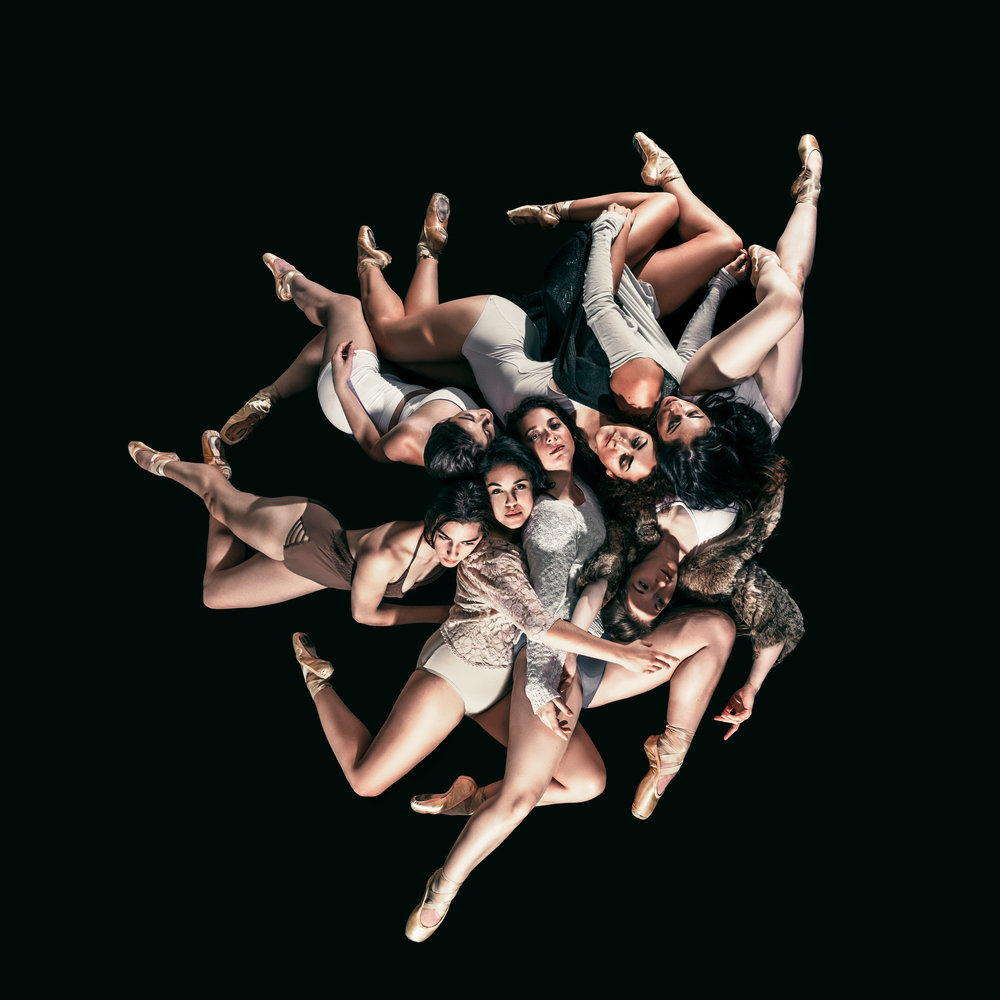Organized by Portland State’s La Casa Latina Student Center, a celebration of Diá de los Muertos was held on Nov. 2 to commemorate the holiday and bring the community together.
Diá de los Muertos, commonly known as Day of the Dead, is traditionally a Mexican holiday celebrating deceased family members. The event included many traditional aspects of Diá de los Muertos including ofrendas, calaveras catrinas, pan de muerto and tamales, as well as dancers from the Northwest Conservatory of Dance who performed customary Mexican and Spanish dances.
“We are dedicating this time to remember all of our family and close friends,” said Fellow student Jonathon Ramirez. Organizers also created an arts and crafts station where guests could decorate calaveras of their own before adding it to the garland in honor of their lost loved ones.
Calaveras, or skulls, may be the most widely-known symbol of Diá de los Muertos. While they are usually colorful and elaborately drawn or painted, they were originally short, literary works. The painted skulls seen today can be attributed to Mexican lithographer and cartoonist José Guadalupe Posada, who accompanied his literary calavera with a stylized skeleton. The quote “Todos somos calaveras,” meaning “We are all skeletons,” exemplified the idea that lying underneath all faults and differences, everyone is the same and has their own skeleton.
Handmade papel picados, or pierced papers, were hung along the windows. A common staple of the celebration, papel picados are thin pieces of colorful paper with abstract holes cut through. While they can be seen in Mexico throughout the year, they become extremely popular during Diá de los Muertos as they represent the fragility of the lives they are celebrating.
Diá de los Muertos celebrations originated in Mexico and is now celebrated all across Latin America. Sometimes mistakenly referred to as “Mexican Halloween,” Diá de los Muertos can be traced back to around 3000 years ago with the ancient Aztec, Toltec and Nahua people, according to National Geographic. In pre-Columbian times, these civilizations considered mourning the dead disrespectful since death was a natural phase of life. Instead of mourning, they celebrated what they believed to be the only time in the year the departed could return to the realm of the living.
According to My Modern Met, the holiday was originally commemorated in the ninth month of the Aztec calendar—August of the Gregorian calendar. However, due to Spanish colonization and the subsequent Catholic influence, the month-long celebration changed to align with the Hallowmas season—the three-day Catholic observance of All Hallow’s Eve, All Saints’ Day and All Souls’ Day.
Despite this influence, Diá de los Muertos is filled with symbolic meaning that can be traced back to these civilizations, such as ofrendas. During the celebration at PSU, students made their own ofrendas, filling them with photos, candles, flowers and an assortment of objects representing their loved ones.
Ofrendas are altars decorated with candles, flowers, copal incense, photos of the deceased, spirited drinks as well as food to replenish the energies of spirits after their journey. These altars are not meant for worshipping the dead, but instead celebrating their return.





